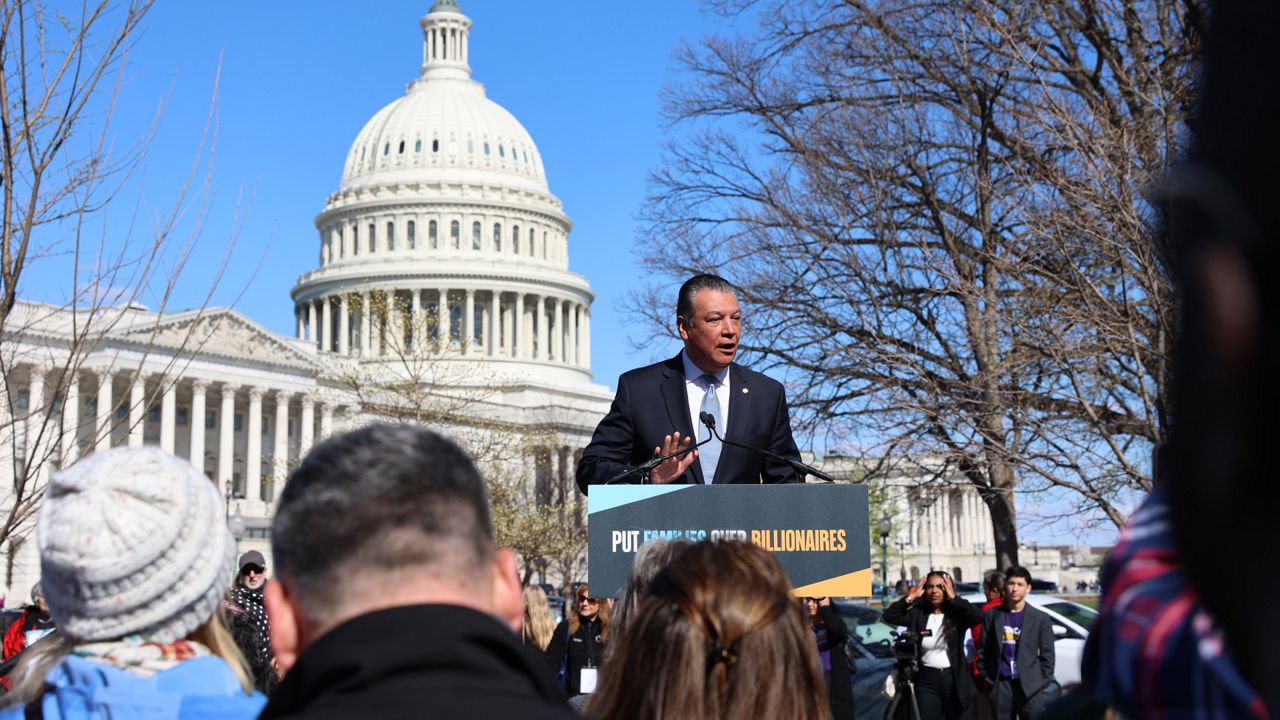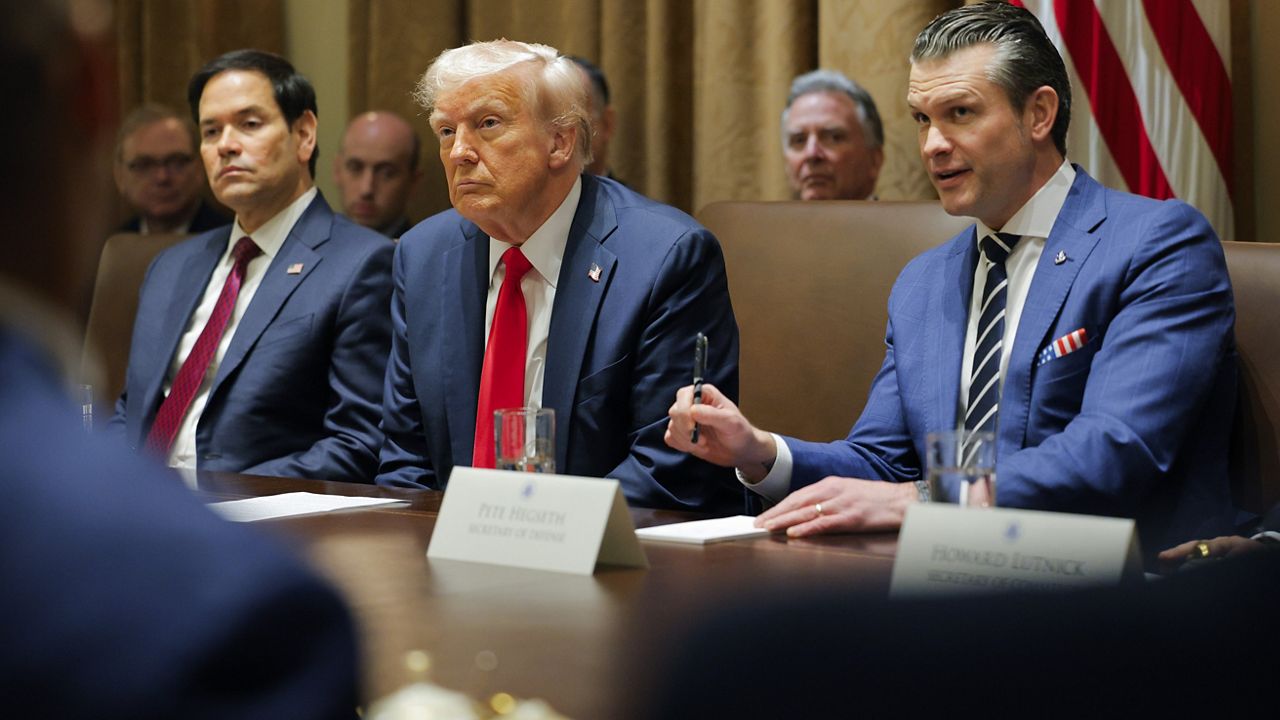President Joe Biden on Wednesday announced a new round of federal student debt forgiveness – this one totaling $9 billion and impacting 125,000 borrowers – warning “unsustainable debt in exchange for a college degree has become the norm.”
Wednesday’s relief rollout marks the administration’s latest effort to tackle student debt as Biden continues to look for paths to fulfill his campaign pledges on the issue after the Supreme Court struck down his sweeping forgiveness plan in June. It comes in the same month payments for student borrowers are restarting after a three-year pandemic pause.
The White House says this new wave of relief pushes the total amount of debt the president has forgiven to $127 billion for nearly 3.6 million people since he has taken office.
“My administration has taken significant action to provide student debt relief to as many borrowers as possible as quickly as possible,” Biden said during remarks at the White House on Wednesday. “That starts with making sure the existing system works in the way it was supposed to work for student borrowers.”
Wednesday’s announcement approves $5.2 billion in debt relief for 53,000 public employees people under public service loan forgiveness programs; about $2.8 billion in debt relief for nearly 51,000 borrowers who have made 20 years or more of payments, through fixes to income-driven repayment; and $1.2 billion for nearly 22,000 borrowers who have a total or permanent disability and were identified and approved for loan discharge by the Social Security Administration.
The president argued he was able to approve this forgiveness by “fixing” what he called “administrative failures” and cutting through “red tape” in existing programs.
The Biden administration has sought workarounds to ensure some form of student debt forgiveness after the U.S. Supreme Court struck down the president's broad plan to use existing legislation to waive up to $20,000 in student loans for millions of borrowers.
To do so, the administration approved debt cancellation through investigating and fixing historical inaccuracies in payment counts qualifying toward forgiveness; by executing public service loan forgiveness programs; by forgiving debt for borrowers with a total and permanent disability; and by canceling debt for borrowers who were cheated or misled by their schools. Just last month, the Biden administration approved $37 million in relief for students who enrolled at the University of Phoenix between Sept. 2012 and Dec. 2014.
“The money was literally about to go out the door, but Republican elected officials and special interests stepped up and sued us,” Biden said Wednesday of his original relief plan. “And the Supreme Court sided with them, snatching from the hands of millions of Americans thousands of dollars in student debt relief that was about to change their lives.”
While the annual growth rate of student debt has slowed, the total balance of national student debt has increased, according to federal statistics compiled by the Education Data Initiative. The national balance of total student loan debt is now over $1.765 trillion — and $1.644 trillion of that (or 93.1%) is in federal student loans.
The Consumer Financial Protection Bureau expects that 20% of student loan borrowers may struggle as scheduled payments resume, and that borrowers who are already having trouble with other payment obligations “are especially likely to struggle with their student loan payments if they don’t get some sort of payment relief,” such as enrolling in an income-driven repayment plan.
Immediately following the Supreme Court’s decision in June, the president announced he was not giving up on wider-spread debt relief, and announced he would try again under a different law than the one he sought to use for the plan nixed by the High Court.
However, Biden warned the process for finalizing this new path would be a time-consuming process; they have not provided many updates on where this stands.
In the meantime, to give borrowers breathing room to reacclimate to monthly loan payments that started on Oct. 1, the Department of Education has created a 12-month “on-ramp” that will protect them from the worst consequences for missing payments, making late payments or making only partial payments. The grace period will prevent unpaid interest from capitalizing onto the principal amount of the loan, and borrowers will not be reported to credit bureaus, referred to collection agencies or be considered in default.
More than 80 Democratic lawmakers, including Senate Majority Leader Chuck Schumer, D-N.Y., sent the president a letter in August urging him to ensure the new debt cancellation plan is completed before the “on-ramp” period ends.
Also this summer, Biden announced a new repayment plan he billed “the most affordable student loan plan ever.” The Saving on a Valuable Education, or SAVE, plan lowers monthly payments for borrowers based on income, halts loans from growing due to unpaid interest and lessens requirements for low-balance borrowers to receive forgiveness.









